Shop Anemone
Bring long-lasting colour to your garden with Anemone plants – elegant, low-maintenance perennials that flower from late summer into autumn. Ideal for borders, woodland edges, and pollinator-friendly spaces, Anemones add graceful movement and soft texture. Shop a beautiful selection of hardy Anemone varieties online at Middleton Nurseries today.
-
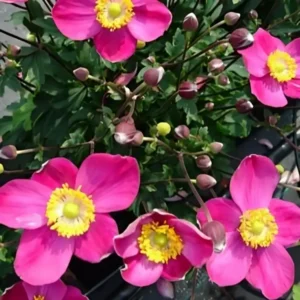
Out of stock
Out of stock
Out of stock
Out of stock
Out of stock
Out of stock
Out of stock
Anemone ‘Summer Breeze’ (Japanese Anemone)
£7.75 – £30.00Price range: £7.75 through £30.00 Select options This product has multiple variants. The options may be chosen on the product page -
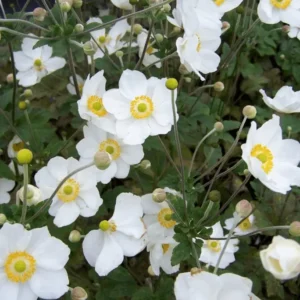
Out of stock
Out of stock
Out of stock
Out of stock
Out of stock
Out of stock
Anemone x hybrida ‘Honorine Jobert’ (Japanese Anemone)
£7.75 – £30.00Price range: £7.75 through £30.00 Select options This product has multiple variants. The options may be chosen on the product page -
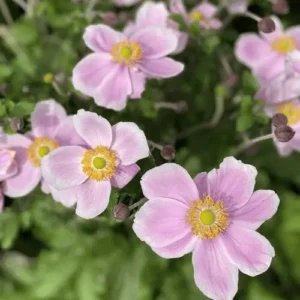
Out of stock
Out of stock
Out of stock
Out of stock
Out of stock
Out of stock
Out of stock
Anemone ‘Royal Blush’ (Japanese Anemone)
£8.75 – £40.00Price range: £8.75 through £40.00 Select options This product has multiple variants. The options may be chosen on the product page -
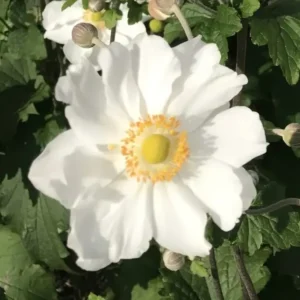
Out of stock
Out of stock
Out of stock
Out of stock
Out of stock
Out of stock
Out of stock
Anemone Elite ‘Pure White’ (Japanese Anemone)
£6.75 – £30.00Price range: £6.75 through £30.00 Select options This product has multiple variants. The options may be chosen on the product page -
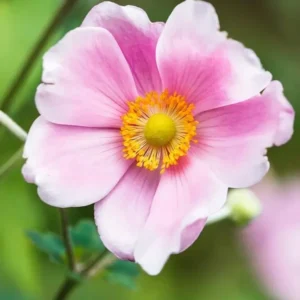
Out of stock
Out of stock
Out of stock
Out of stock
Out of stock
Out of stock
Out of stock
Anemone hupehensis ‘Alando Rose’ (Windflower)
£6.75 – £30.00Price range: £6.75 through £30.00 Select options This product has multiple variants. The options may be chosen on the product page -
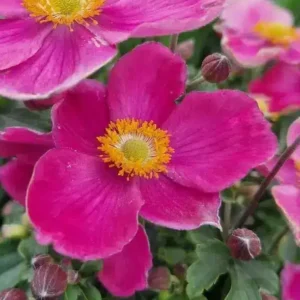
Out of stock
Out of stock
Out of stock
Out of stock
Out of stock
Out of stock
Anemone hupehensis ‘Emmy Deep Rose’ (Japanese Anemone)
£8.75 – £35.00Price range: £8.75 through £35.00 Select options This product has multiple variants. The options may be chosen on the product page -
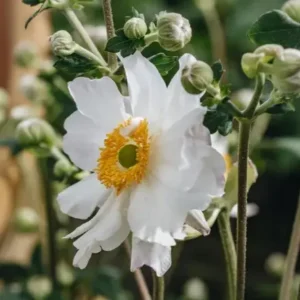
Out of stock
Out of stock
Out of stock
Out of stock
Out of stock
Anemone hupehensis ‘Snow Angel’ (Japanese Anemone)
£8.75 – £30.00Price range: £8.75 through £30.00 Select options This product has multiple variants. The options may be chosen on the product page -
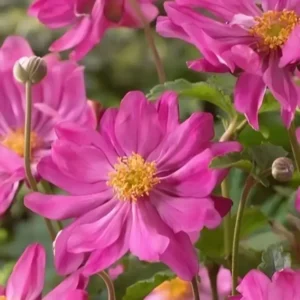
Out of stock
Out of stock
Out of stock
Out of stock
Out of stock
Out of stock
Out of stock
Anemone hupehensis japonica ‘Prinz Heinrich’ (Japanese Anemone)
£6.75 – £30.00Price range: £6.75 through £30.00 Select options This product has multiple variants. The options may be chosen on the product page -
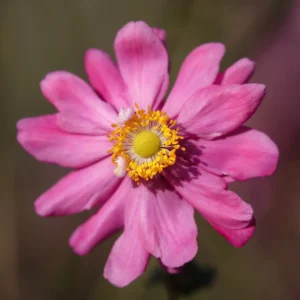
Out of stock
Out of stock
Out of stock
Out of stock
Out of stock
Out of stock
Anemone hupehensis var. japonica ‘Bressingham Glow’ (Japanese Anemone)
£6.75 – £30.00Price range: £6.75 through £30.00 Select options This product has multiple variants. The options may be chosen on the product page -
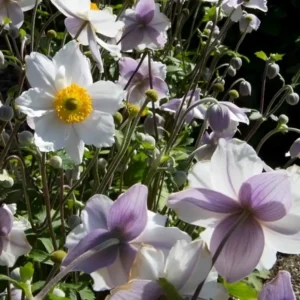
Out of stock
Out of stock
Out of stock
Out of stock
Out of stock
Out of stock
Out of stock
Anemone rupicola ‘Ruffled Swan’ (Windflower)
£7.75 – £30.00Price range: £7.75 through £30.00 Select options This product has multiple variants. The options may be chosen on the product page -
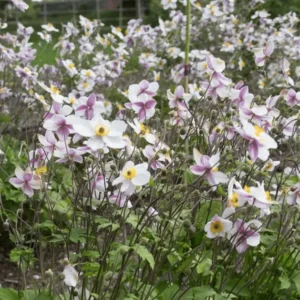
Out of stock
Out of stock
Out of stock
Out of stock
Out of stock
Out of stock
Out of stock
Anemone x hybrida ‘Dainty Swan’ (Japanese Anemone)
£8.75 – £40.00Price range: £8.75 through £40.00 Select options This product has multiple variants. The options may be chosen on the product page -
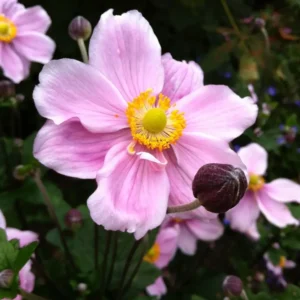
Out of stock
Out of stock
Out of stock
Out of stock
Out of stock
Out of stock
Anemone x hybrida ‘Konigin Charlotte’ (Japanese Anemone)
£6.75 – £30.00Price range: £6.75 through £30.00 Select options This product has multiple variants. The options may be chosen on the product page -
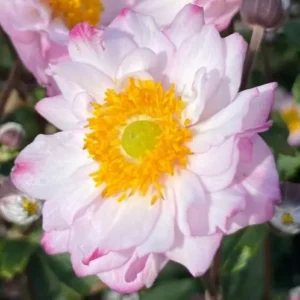
Out of stock
Out of stock
Out of stock
Out of stock
Out of stock
Out of stock
Anemone x hybrida ‘Royal Candy’ (Japanese Anemone)
£8.75 – £30.00Price range: £8.75 through £30.00 Select options This product has multiple variants. The options may be chosen on the product page -
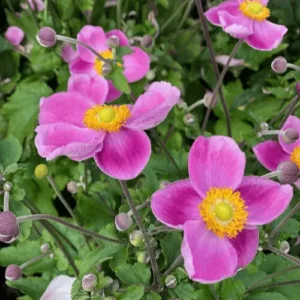
Out of stock
Out of stock
Out of stock
Out of stock
Out of stock
Anemone x hybrida ‘Royal Pink'(Japanese Anemone)
£8.75 – £30.00Price range: £8.75 through £30.00 Select options This product has multiple variants. The options may be chosen on the product page -
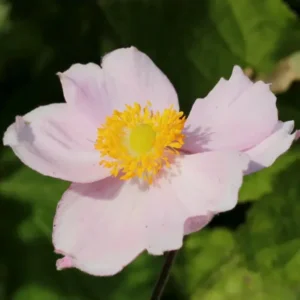
Out of stock
Out of stock
Out of stock
Out of stock
Out of stock
Out of stock
Anemone x hybrida ‘September Charm’ (Japanese Anemone)
£7.75 – £30.00Price range: £7.75 through £30.00 Select options This product has multiple variants. The options may be chosen on the product page
🌼 How to Care for Anemone
Plant Anemones in autumn or early spring, depending on the variety. Prepare the soil by loosening it and enriching with compost. Position each plant around 5 cm deep, spacing them well apart to allow for natural spread. Water thoroughly after planting and keep the soil moist during establishment.
Most Anemones prefer partial shade, although some varieties—like Anemone coronaria—thrive in full sun. Woodland types, such as Anemone nemorosa or Anemone hupehensis, do well in dappled light.
Anemones like rich, moist but well-drained soil. They don’t tolerate soggy conditions, so good drainage is important, especially over winter.
Water regularly during dry spells, especially while the plants are establishing. Once settled, many varieties are quite drought-tolerant, though consistent moisture helps prolong flowering.
A general-purpose, balanced fertiliser in early spring will help support healthy growth and blooms. Alternatively, add compost or leaf mould as a mulch to enrich the soil naturally.
Deadheading isn’t strictly necessary but can help tidy the plant and may encourage a longer flowering period. Cut back dead stems and foliage after flowering or in autumn.
Clump-forming varieties can be divided in spring or autumn. Lift and gently separate the roots, then replant immediately. Some Anemones also spread naturally by rhizomes.
Yes—most Anemones are hardy and cope well with UK winters. However, Anemone coronaria may benefit from a sheltered spot or mulch protection in colder areas.
Anemones are generally low-maintenance but may be affected by slugs, snails, or powdery mildew in damp, crowded conditions. Good spacing and air circulation help prevent issues.
Poor flowering could be due to too much shade, overcrowding, or lack of nutrients. Ensure they’re getting enough light, divide overcrowded clumps, and feed in spring to boost blooms.
